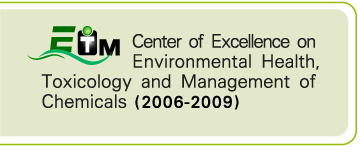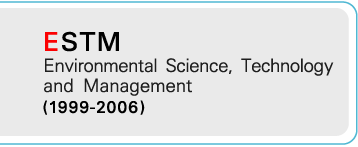| Rice is one dietary food consumed by 50% of people in the world and contributes to 75% of the daily calorie intake of Asians. Rice may be contaminated with some trace metals, such as arsenic, from water or soil. Arsenic is classified as carcinogen class IA based on the International Agency Research of Cancer (IARC) and proven to cause cancer in humans. In this study, the effects of arsenic contamination in red (RR101; 2.073ppm) and white rice (RW181; 2.243ppm) compared with the effects of sodium arsenite (8.3 ppb) on HT29 colon cancer cells were investigated using proteomics. The HT29 cell line was selected as a model in this study because colorectal cancer is in the top five cancers causing death and colon is the final part of the digestive system that could be affected by arsenic-contaminated rice. From two-dimensional SDS-PAGE and ImageMaster analysis, differential protein expression was observed between untreated and treated groups of greater than 1.2-fold (p-value). There were 6 and 17 differential protein spots after treatment with red and white rice compared to control groups, respectively. There were 26 differential protein spots after treatment with sodium arsenite compared to control group. There were 23 differential protein spots after treatment with red rice extracts compared to sodium arsenite as well as 37 differential protein spots after treatment with white rice extracts compared to sodium arsenite. There were 30 differential protein spots when comparing treatments with red and white rice extracts. Protein identification and classification of functions using Mascot database search and UniProt revealed that arsenic-contaminated red and white rice extracts mainly affected metabolic proteins while sodium arsenite mainly affected chaperone proteins and gene expression of HT29 cells.
แหล่งข้อมูล:
|
 Center of Excellence on Environmental Health and Toxicology (EHT)
Center of Excellence on Environmental Health and Toxicology (EHT)










